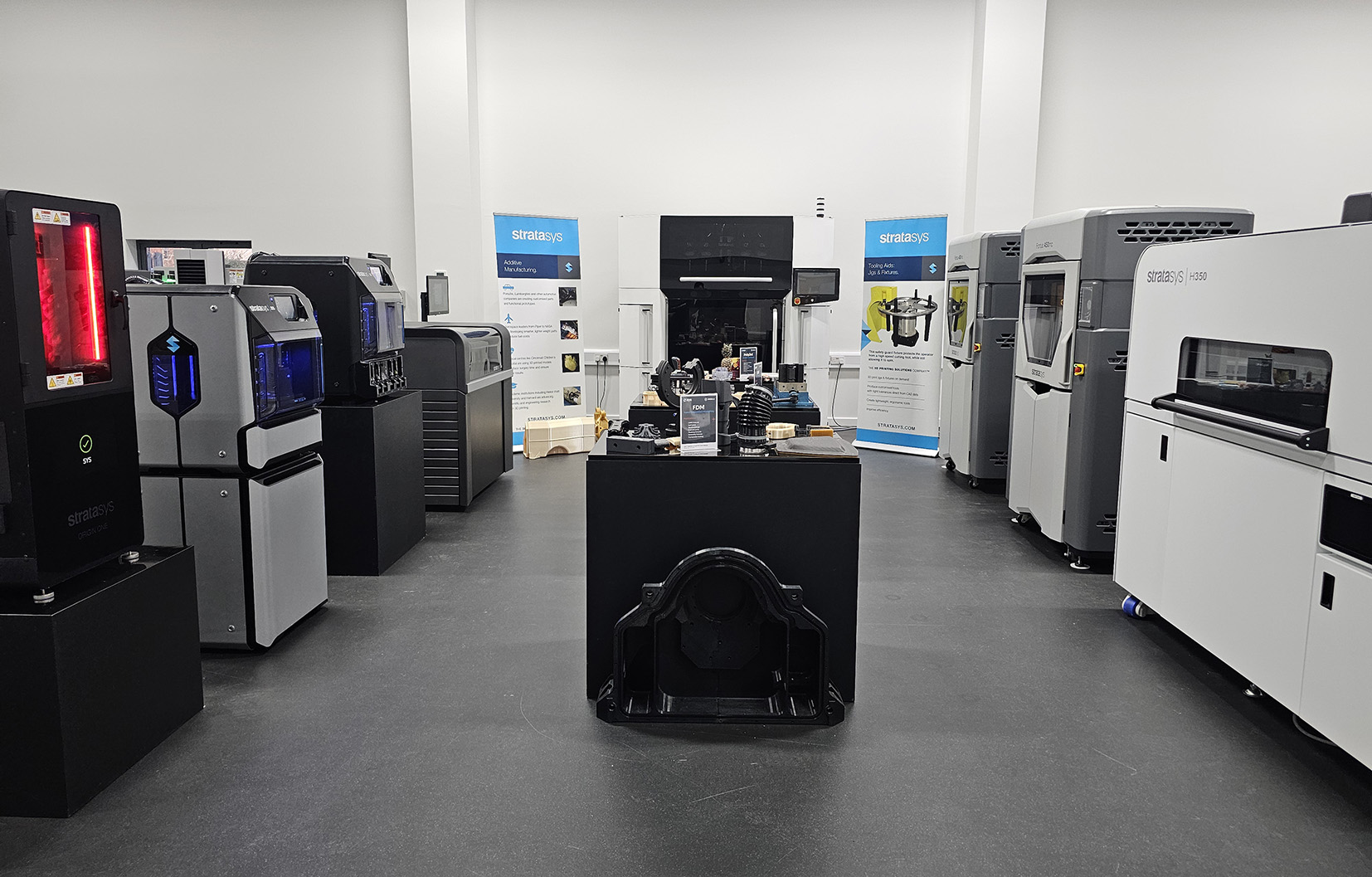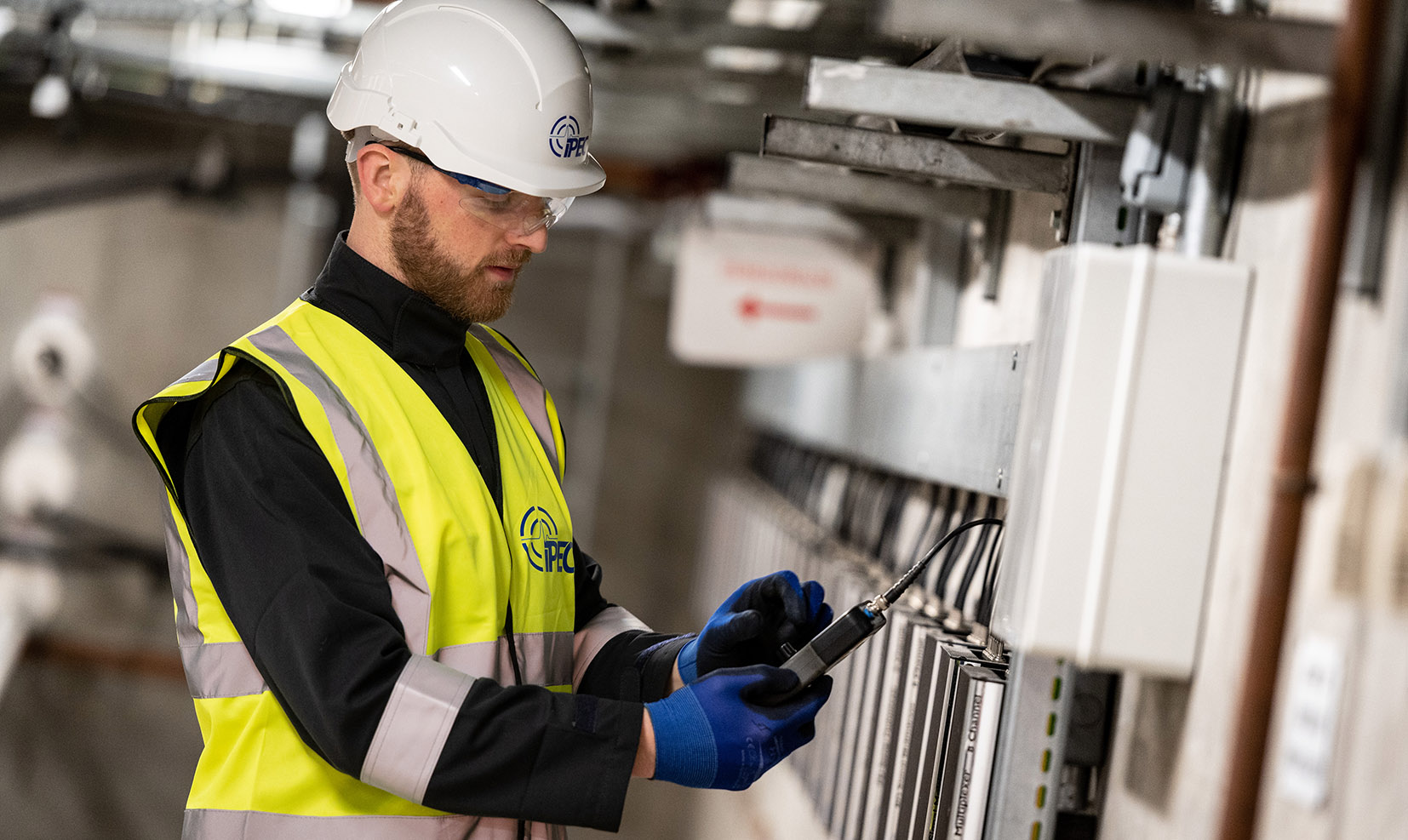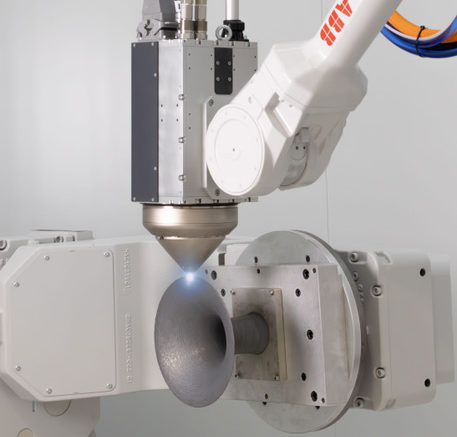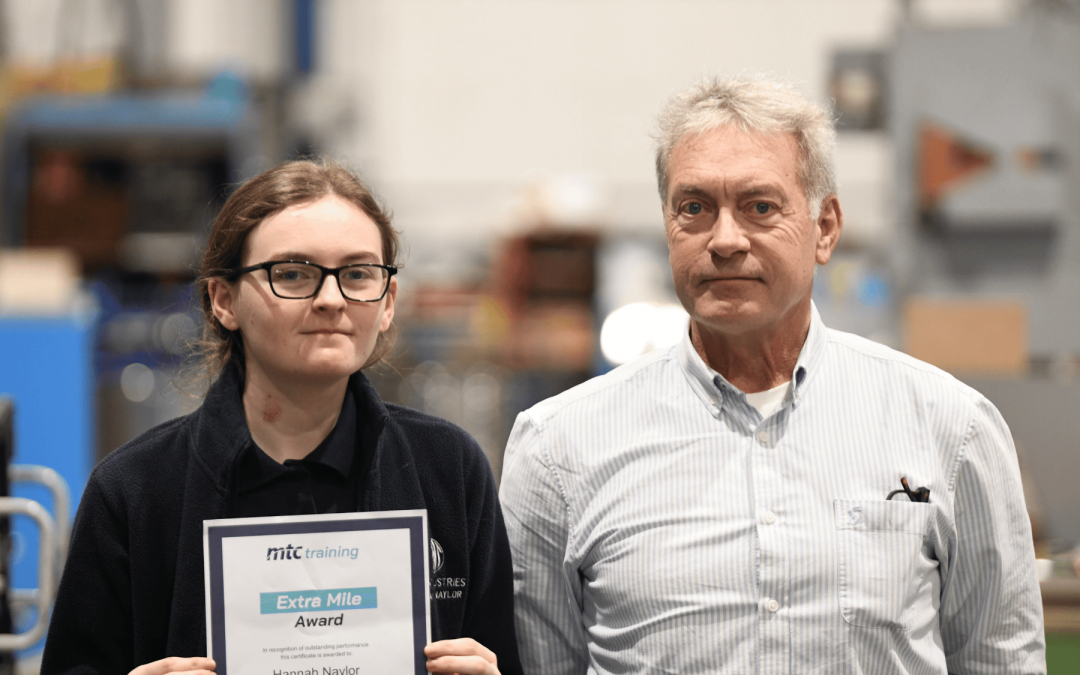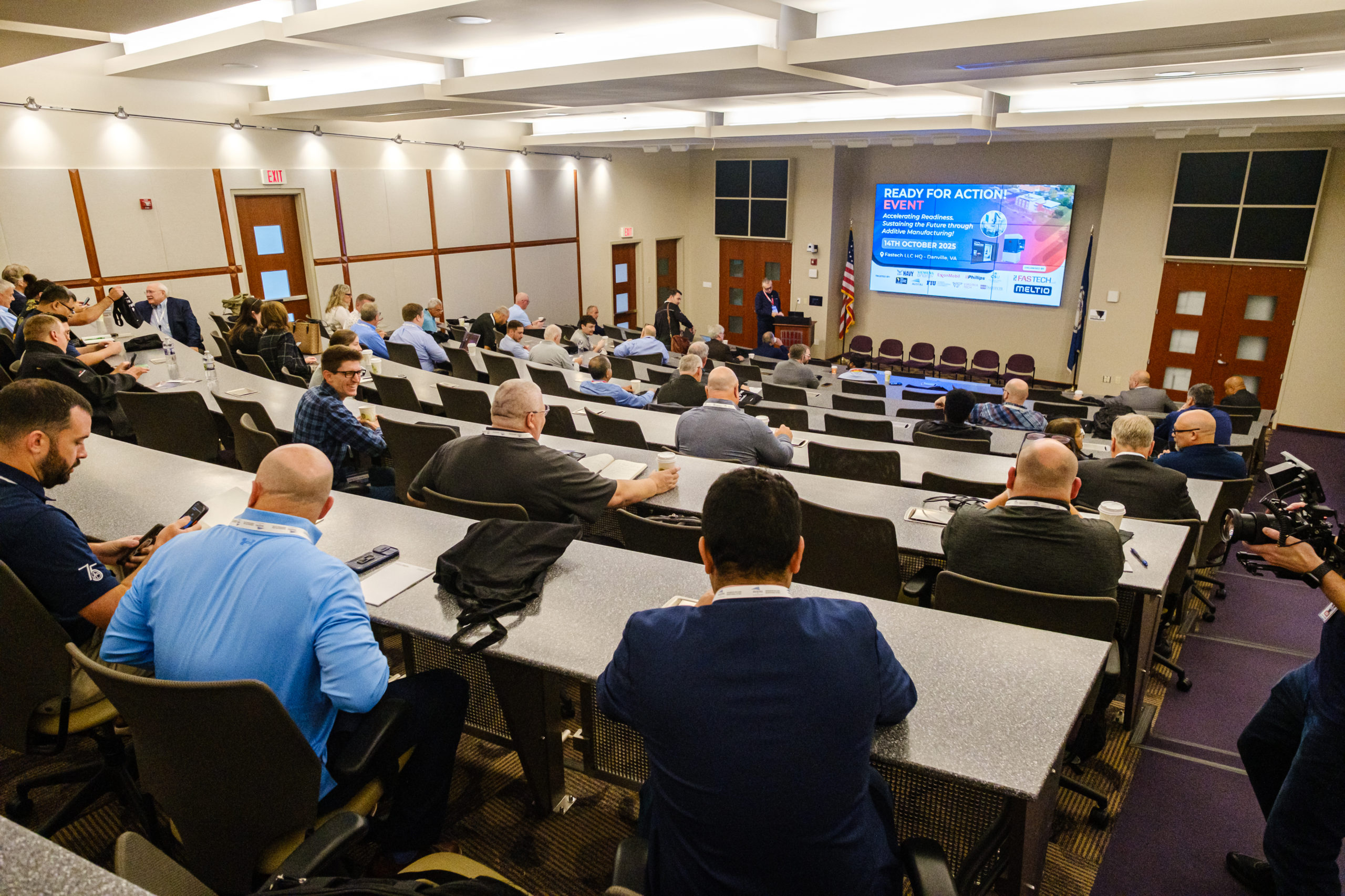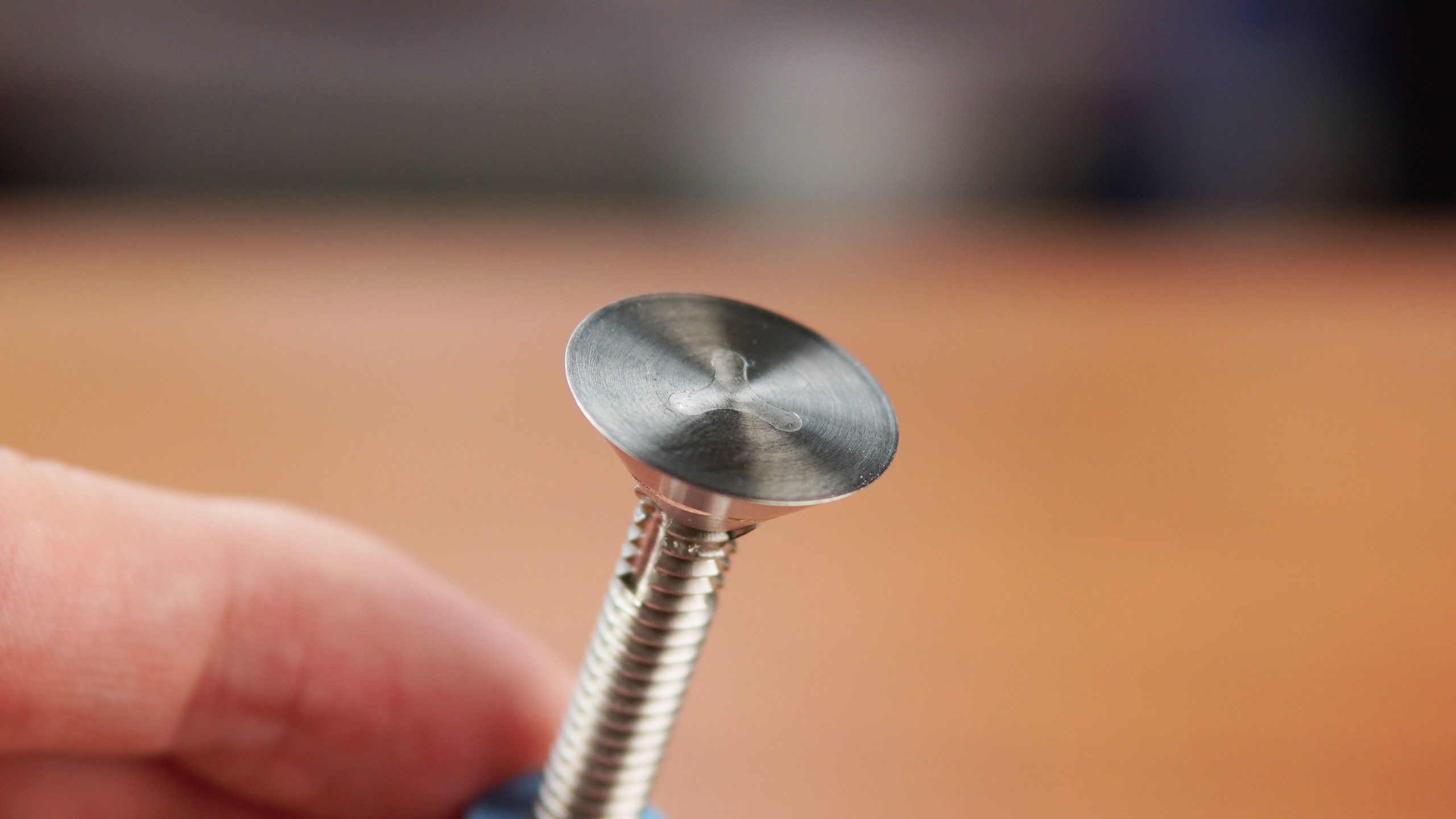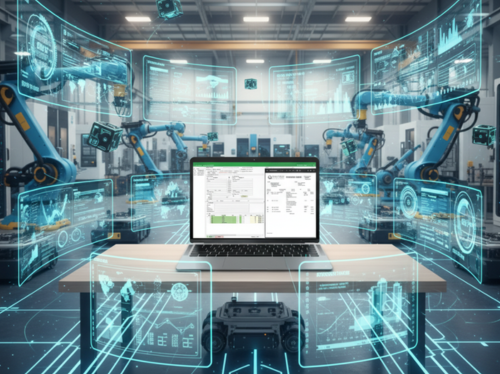EDM trials highlight the power of innovation

Warwick Machine Tools is continuing its commitment to providing customers with tangible gains in EDM processes, as demonstrated by a new set of eye-opening benchmark trials.
When it comes to devising the optimal EDM solution – machine, consumables, tooling, automation –end users can enjoy notable benefits by tapping into the expertise of technology experts. A case in point can be seen at successful EDM machine supplier Warwick Machines Tools, which is entering the next phase of its evolution and growth following the company’s recent appointment as the exclusive UK and Ireland agent for high-end die-sink EDMs manufactured by Germany-based Zimmer & Kreim. A new series of benchmark cutting trials using a Zimmer & Kreim die-sink EDM against comparable high-end machinery set out the impressive gains available.
The aim of the trials was to undertake the cutting of a challenging aerospace component using identical graphite, tooling and program parameters on different die-sink EDMs. The trials compared a Zimmer & Kreim genius 750 NOVA at Warwick Machine Tools’ Droitwich Spa showroom with counterpart machinery.
“The Zimmer & Kreim genius 750 NOVA comes with the best control I’ve worked with in 20+ years of EDM experience,” says James Lewis, Technical Sales Manager at Warwick Machine Tools. “Along with the propriety genius generator, the performance we see on the machine is second to none. However, we wanted to undertake benchmark trials to corroborate our claim.”
Material matters
Common to the machines participating in the trials was the use of ultra-fine grain graphite electrodes that offer high strength, outstanding wear attributes and fine surface-finish capabilities. The fine build layer allows the deployment of smaller spark gaps – even with large electrodes – without compromising the performance delivered by the machine’s generator.
Warwick Machine Tools reports that even though the small graphite electrodes used in the trials were in the shape of a very thin rib, it was still possible to get plenty of force and speed into the process without the material breaking down.
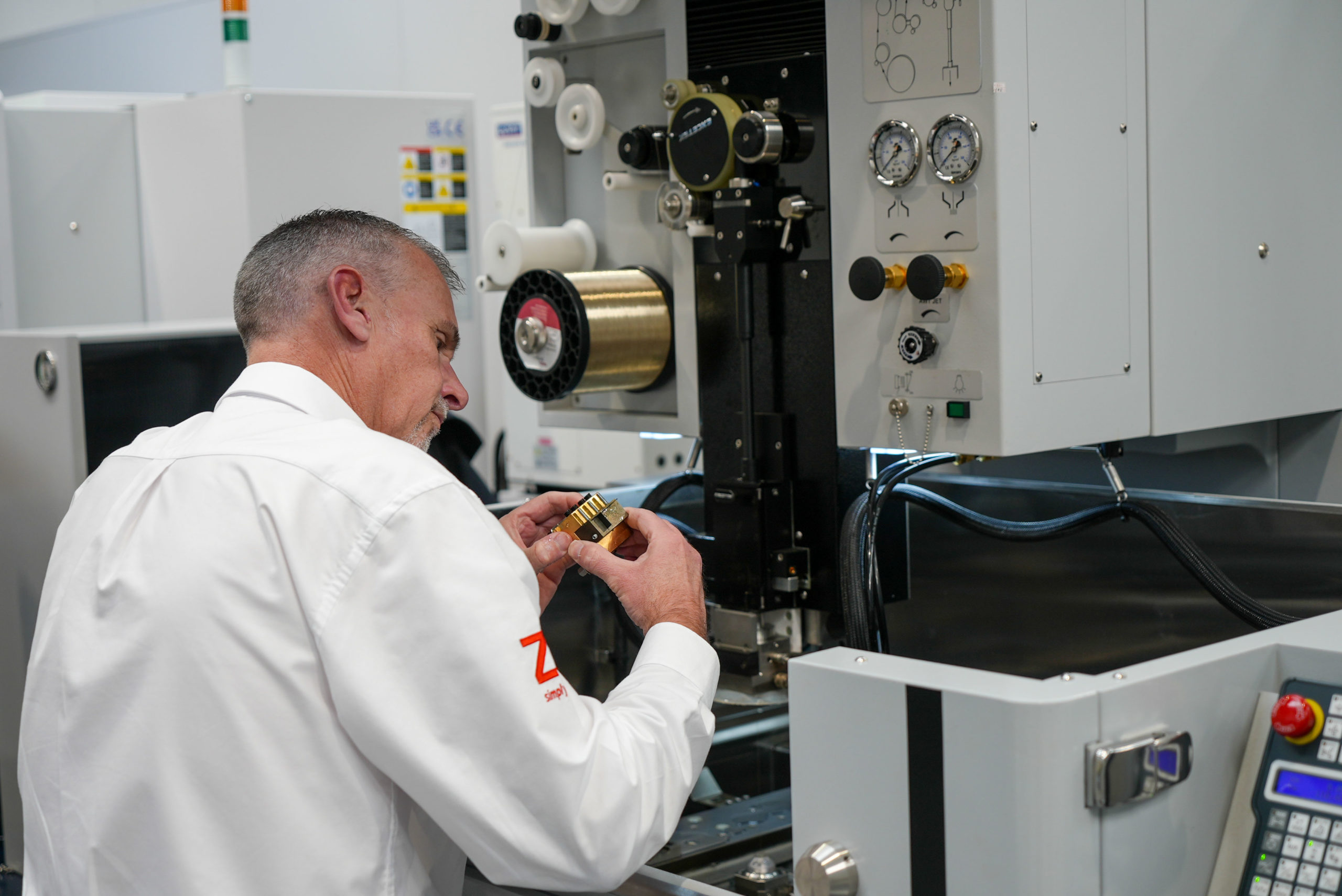
EDM on trial
The benchmark trials featured identical graphite electrodes machined into a 0.4mm wide rib measuring 65mm long. The electrode had to spark a very narrow seal slot into the same grade of aerospace steel. All set ups featured identical Erowa ITS 50 electrode holders and Erowa ITS 100 Quick chucks for the workpiece. Three tests took place.
“No optimisations or modifications were made either before or during the trials,” confirms James.
The first test used the 0.4mm wide electrode with a 0.1mm spark gap for producing a 0.5mm wide slot to a cavity depth of 5.0mm. The Zimmer & Kreim machine features application-specific software called ‘Slot Technology’. Although known by different names, the other machinery in the trial featured comparable software that was also activated for the trials.
“While the machines delivered similar cycle times in the first test, the electrode on the Zimmer & Kreim machine demonstrated 50% less wear,” reveals James. “We could see that the graphite and proprietary genius generator were working really well together at this very small spark gap.”
Using the same electrode width, test number two saw the spark gap increased to 0.4mm for producing a 0.8mm wide seal slot, again to a cavity depth of 5.0mm. This time, all machinery operated in standard application mode.
James explains: “We witnessed the Zimmer & Kreim genius 750 NOVA produce the shortest cycle time, around 20 minutes faster, with an impressive 96% less electrode wear.”
The third and final benchmark trial involved the same electrode width (0.4mm) and spark gap (0.4mm) for producing a 0.8mm seal slot, to a shallower cavity depth of 3.0mm. This test also took advantage of the Slot Technology software application on the Zimmer & Kreim machine (and counterpart technology on other machinery), but this time the relevant speed setting was activated on all machinery to enable cutting at the fastest possible rate.
“Despite the shallower cavity depth, we still saw a cycle time that was 5 minutes faster on the Zimmer & Kreim, while electrode wear was over 100% less,” says James. “In daily operation, the potential savings in electrode costs are very apparent, which in addition to cycle time reductions makes for an attractive investment proposition. These benchmark tests show our commitment to customers as we look to reduce costs and develop application solutions for specific parts/features.”
Down to the wire
The successful approach of devising solutions based on the optimal combination of machine and consumables extends to wire EDM applications, where the company pairs Excetek machines, represented in the UK and Ireland by Warwick Machine Tools since 2012, with bedra betterbrass wire manufactured in Germany by Berkenhoff GmbH.
“We represent Excetek because of the high build quality and exceptionally easy-to-learn control,” says Ian Holbeche, Managing Director at Warwick Machine Tools. “Excetek machines are also 25-30% more competitively priced than other market brand leaders.”
The bedra betterbrass wire is comprised of an innovative alloy resulting in up to 10% faster eroding than standard brass wire, less wire consumption and lower wire costs. It also provides better surface finish and all-round higher performance than other daily-use wires.
Warwick Machine Tools works closely with trusted consumable suppliers to enhance the performance of its wire EDM solutions. As a supplier of consumables itself, Warwick Machine Tools is particularly scrutinous over its selection of wire. Only products with the capability to deliver measurable customer benefits meet with approval.
Says James: “We’ve conducted extensive testing and demonstrations using bedra betterbrass wire on the Excetek machines. We can push as hard as we like; we’ll really struggle to break it. Also, the speed at which betterbrass cuts is definitely faster than you would expect from regular wire. That’s why we’re providing a free roll of betterbrass to every purchaser of a new Excetek wire EDM, so customers can experience the advantages for themselves.”
The final word goes to Ian: “Put simply, through our own expertise and a collaborative working relationship with trusted consumable suppliers we can reduce cost per part in both die-sink and wire EDM processes. Achieving a faster cycle time from the machine and saving on consumables can generate more profit for the manufacturer or allow them to offer a price reduction on components at a time when costs are being cut across the board.”

